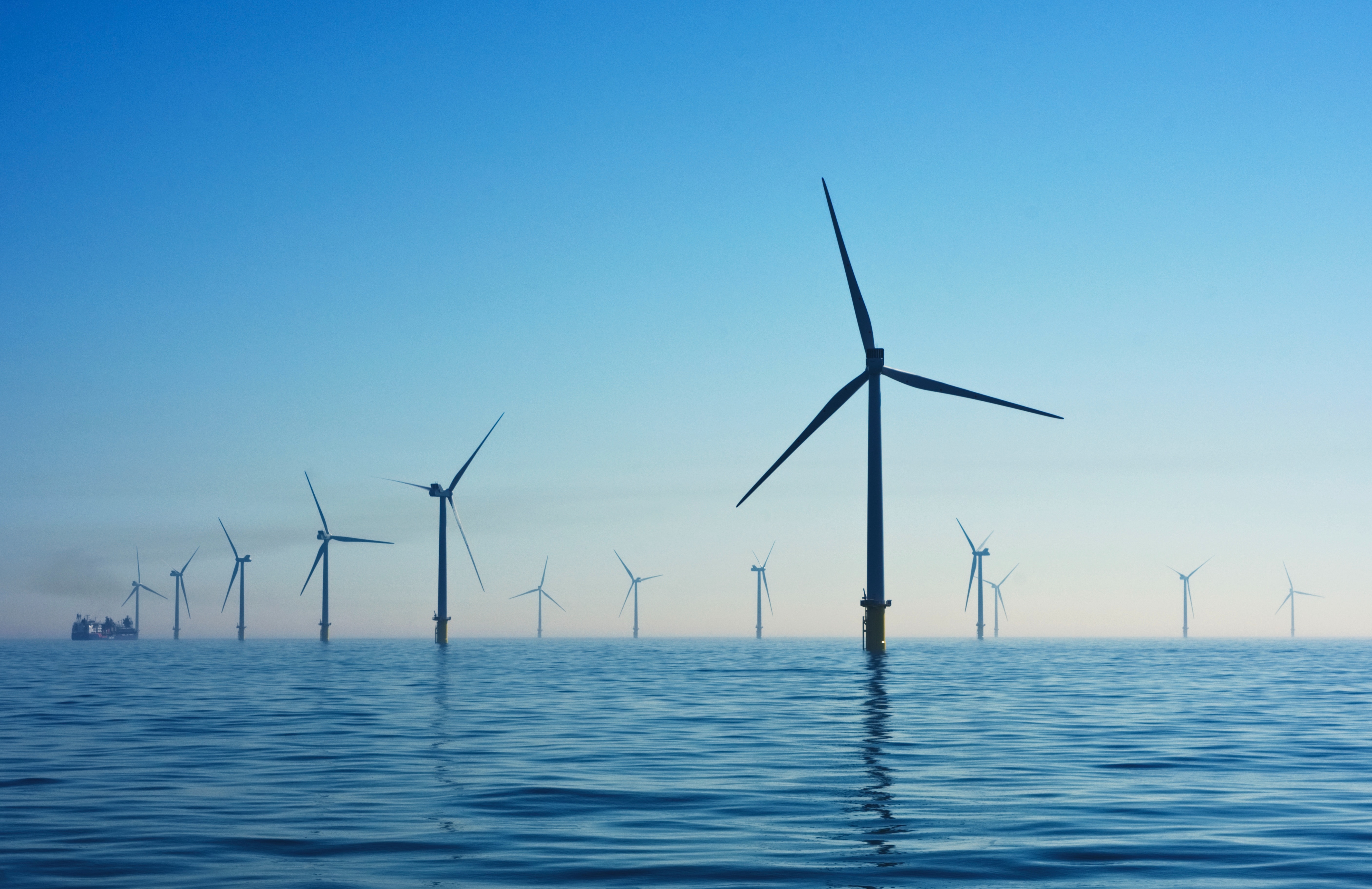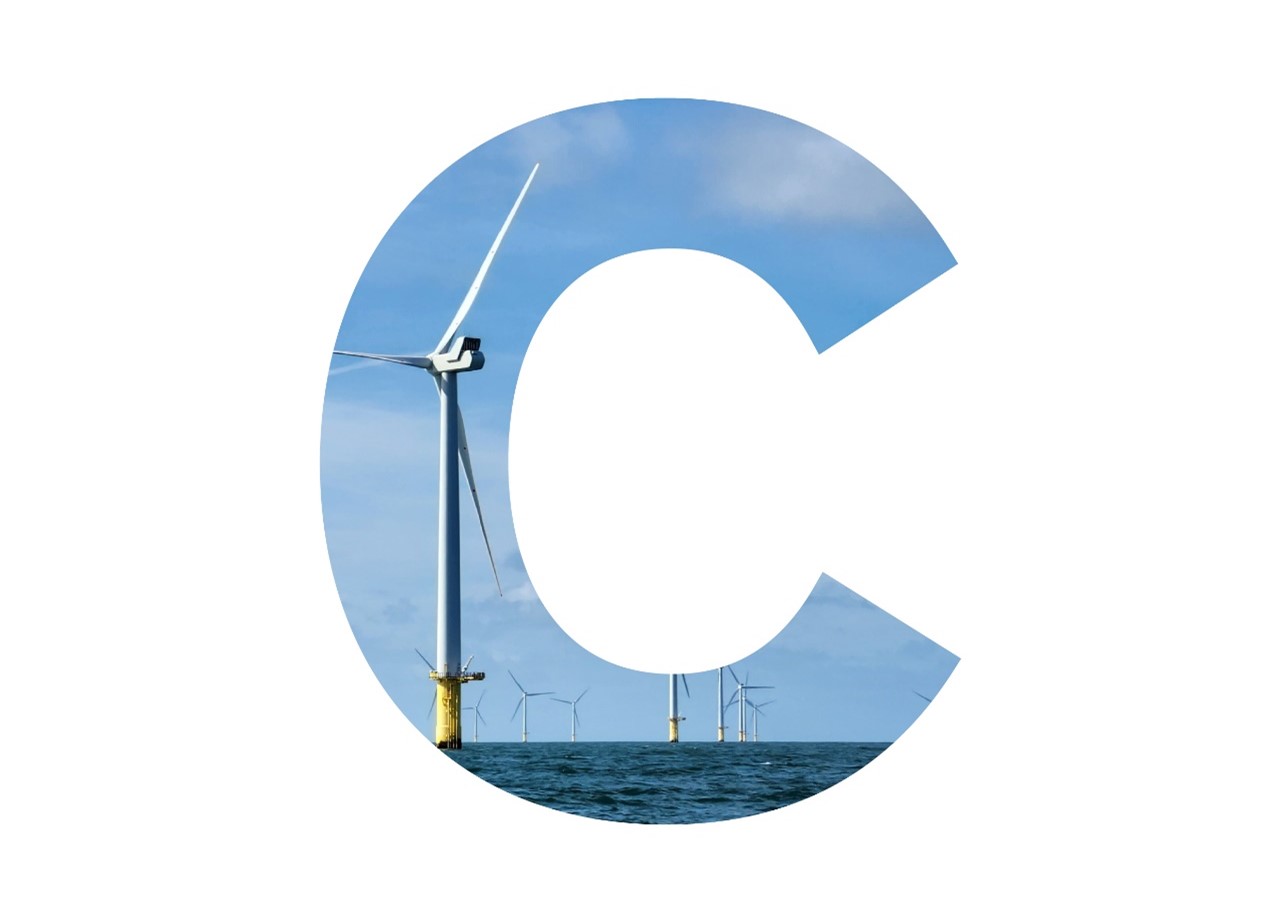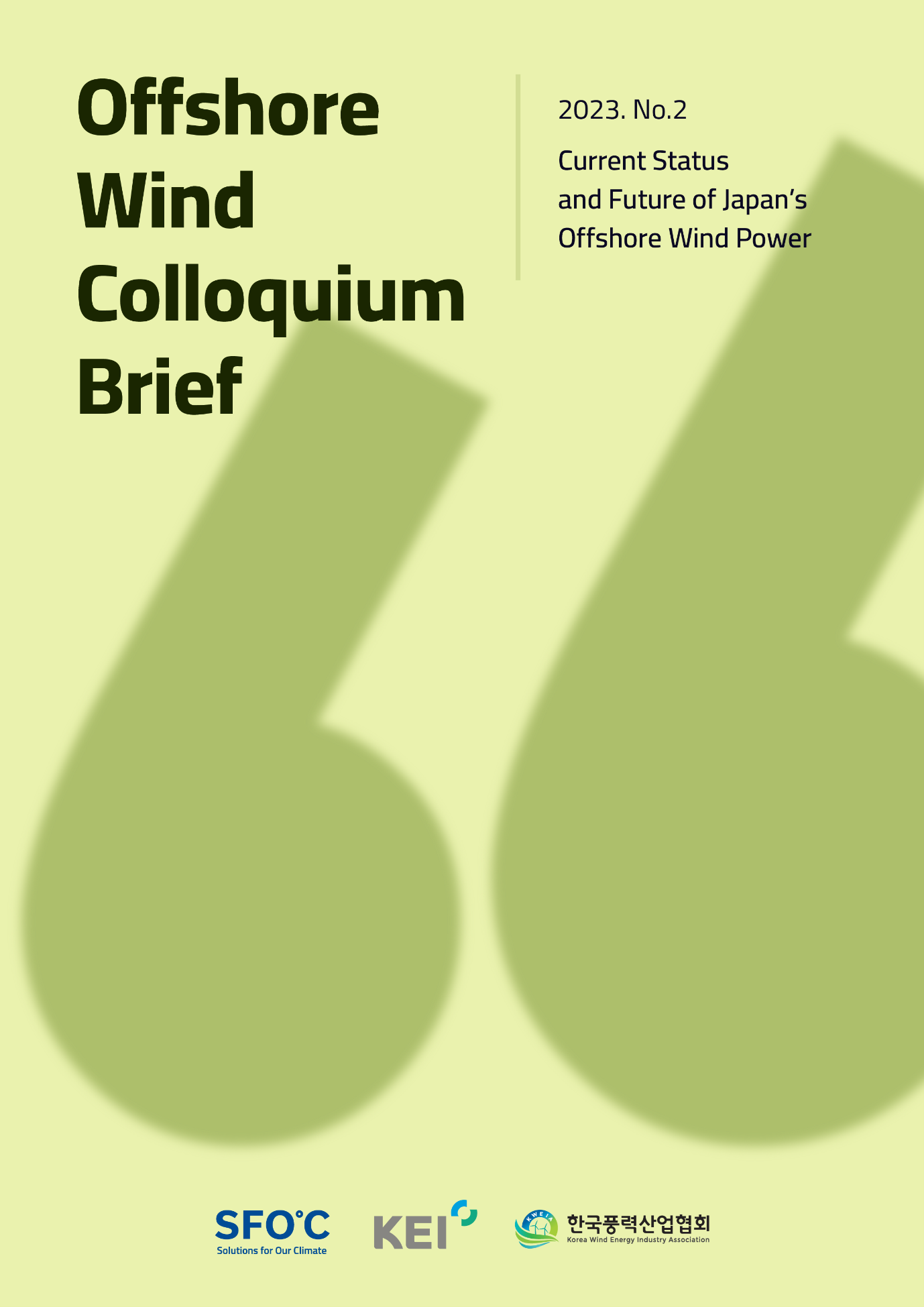About
This report analyses the challenges that impede the progress of offshore wind energy development in South Korea and provides remedies. Although, offshore wind projects are being expedited globally, Korea produces only 1% of its 2030 target, lagging behind. The permitting process, exclusively handled by business operators, confronts structural issues that cause delays.
The report divides the process into five stages and shows that just 25% of projects have advanced beyond the initial stage, with only 2% being able to start construction. Primary concerns include competition for ideal sites, decentralised negotiations, and ambiguous decision-making by local authorities. The recommended measures endorse a government-led strategy, planned location systems, unified permitting processes, and an inclusive assessment of current projects to hasten advancement towards offshore wind power distribution goals.
Challenges and Prospects: Offshore Wind Power Development in Korea.
Offshore wind power, as a powerfully potential means to propel the transition of energy sources to respond to the climate crisis and achieve decarbonization of industries, is increasingly garnering attention. However, while the international community is introducing policies to shorten the permitting period to quickly distribute offshore wind power, Korea is lagging behind – 124.5MW of power, merely 1% of the 2030 target, is currently being produced from offshore wind. This comes in stark contrast with the fact that the combined offshore wind project capacity that is being delayed at the permitting stage after getting electric utility licenses from 2013 to 2022 (20.8GW) is significantly above the distribution targets.

Offshore wind distribution in Korea is stagnant because the responsibility of the permitting processes, from site selection to all developmental phases, solely falls on the business operators. What’s more, various structural issues also lead to delays in permitting. This report summarizes the complex permitting processes for offshore wind power in Korea and analyzes the volume of delayed projects in each permitting stage. It further identifies the structural issues underneath offshore wind power permitting and suggests strategies for improvement based on legal, institutional, and literature reviews.
To develop offshore wind power in Korea, an operator is required to individually receive permits on 29 laws exercised by as many as ten governmental ministries. This report categorizes the permitting process into five stages and analyzes the permitting status of offshore wind projects that have received electric utility licenses by September 2022. Only 25% of the total projects (combined power capacity of 5.1GW) have signed the transmission contract after getting the electric utility license, the initial stage of offshore wind permitting process. 5% (1.0GW) has completed at least one of the various necessary negotiations with various government ministries regarding location. A mere four projects (0.5GW) have received licensing to occupy and use public waters, which is the final permit of offshore wind power development. This means that the total capacity of projects which can begin construction from 2013 to September 2022 takes up only 2% of the projects that have been granted electric utility licenses. Two of these projects (95MW) are currently in commercial operation, and two (453MW) are waiting to begin construction.
Obstacles to Offshore Wind Power: Unraveling Regulatory Challenges in Korea.
First of all, the loopholes in the Electric Utility Act encourage competition in securing the optimum locations, inevitably leading to higher social costs. Detailed requirements for electric utility licenses specify that a project that installed a wind condition measuring instrument is given priority for a maximum effective area of 100km2 (approximately 30,000 ‘pyeong’) surrounding the instrument. Since projects that have achieved the installation permit for wind condition measuring instruments are granted priority in electric utility licenses the overall process fails to comprehensively and aptly reflect environmental and social costs. This not only increases administrative and economic costs but also fuels conflicts with other users that share the public waters, including the fisheries industry, creating a vicious cycle in the distribution of offshore wind.
Secondly, the individually-carried-out negotiations on project locations in the latter stages of development add to the uncertainty surrounding offshore wind development. While it is common in other countries to first conduct a review on key location regulations before finalizing offshore wind site selection, in Korea, the series of key location permitting factors are reviewed only after the electric utility license stage. In other words, location reviews are not conducted before the project kickoff by relevant administrative organizations and are only done after getting the electric utility license, according to each individual law, which further complicates the licensing for offshore wind generation businesses.
Lastly, the unclear scope of discretion and decision criteria of local governments further complicate the sluggish permitting process. Local governments are practically involved in all of the permitting processes for offshore wind development. But local governments, run by elected officials who are sensitive to community complaints and political relations, are greatly influenced by the voices of residents and political circumstances. Therefore, in many cases, permitting is swayed by arbitrary decision-making and excessive discretion rather than granted on solid legal grounds.
Strategic Recommendations for Accelerating Offshore Wind Power Development in Korea.
First, to reduce arbitrary decisions by local governments and increase community acceptance, the central government should lead and implement a planned system for offshore wind power locations. The government should conduct a thorough investigation to search for locations with less impact on the fisheries industry and environment and with high economic potentials considering wind conditions, etc. Also, the government should begin negotiations with stakeholders from the initial location planning stage (search and selection of sites) to only select the locations with enough local receptivity as the final project sites. Tendering project operators after the government-led location selection process would alleviate the aforementioned issues and decrease power generation costs.
Secondly, permitting processes should be unified into a single channel to promote the efficiency of the overall process and accelerate a faster distribution of offshore wind power. A single channel overseen and operated by a government organization should be responsible for the review of all permitting processes, including the location, development, and electricity businesses of offshore wind power.
Lastly, when introducing planned locations, the preexisting projects undergoing follow-up permitting measures after getting electric utility licenses in ocean areas also need to be reviewed. Projects designated as generation districts should be selected as final projects through bidding, and the remaining projects should be re-reviewed through individual assessments to also be included in the generation districts. Such a complementary two-track approach would help achieve the offshore wind power distribution targets in a speedier manner.





